Are you struggling with a clogged sink? Don’t worry; Drano can help! Drano is a powerful and effective drain cleaner that can quickly clear out any blockages in your sink.
Dealing with a clogged sink can be frustrating, but Drano offers a simple and effective solution to tackle this common household problem. Designed to break down clogs caused by hair, grease, soap scum, and other debris, Drano is a reliable product for clearing blocked drains. Following a few straightforward steps, you can quickly and safely restore the proper flow in your sink.
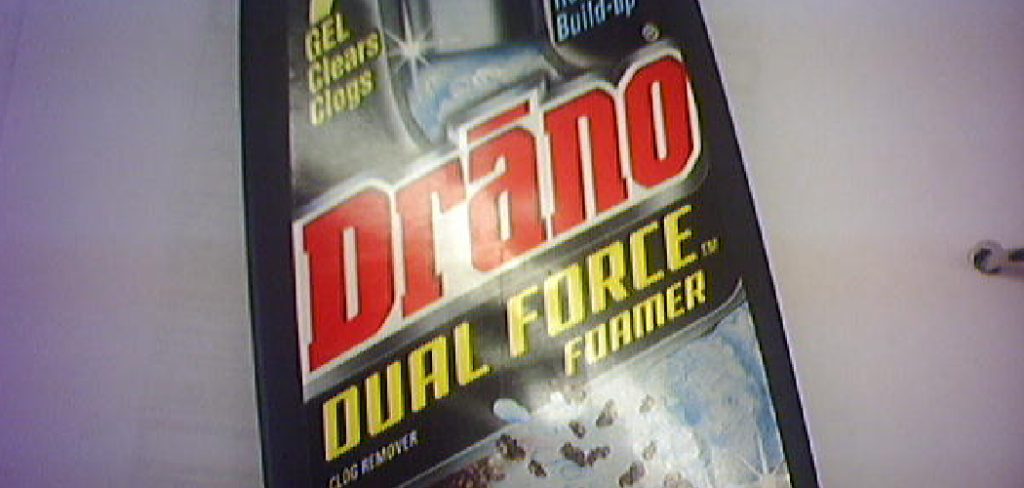
This guide on how to use drano in sink will walk you through the essential steps to use Drano effectively and ensure your plumbing remains in good working condition. Let’s get started with the instructions below.
What Are the Benefits of Using Drano in a Sink?
There are several benefits to using Drano in your sink, including:
- Fast and Effective Clog Removal: Drano quickly dissolves and removes clogs from your sink pipes, restoring proper drainage within minutes.
- Versatility: Drano is suitable for all sinks, including kitchen sinks, bathroom sinks, and utility sinks.
- Easy to Use: With simple instructions and minimal effort, anyone can use Drano to clear a drain blockage.
- Safe for Plumbing: Unlike harsh chemical drain cleaners, Drano is safe for most plumbing systems when used as directed.
- Cost-effective: Instead of calling a plumber or purchasing expensive tools, using Drano can save you time and money when clearing a drain clog.
What Will You Need?
Before using Drano, make sure you have the following items on hand:
- A bottle of Drano
- Hot water
- Protective gloves and eyewear (to protect against splashes)
- A plunger (optional)
Once you have these items ready, you can begin unclogging your drain.
8 Easy Steps on How to Use Drano in Sink
Step 1. Remove Any Standing Water:
Before using Drano, ensure the sink is free of standing water. If there is excess water in the sink, it can dilute the product and reduce its effectiveness. Use a cup, small container, or sponge to remove as much water as possible from the sink manually. This will allow Drano to reach the clog directly and work more efficiently.
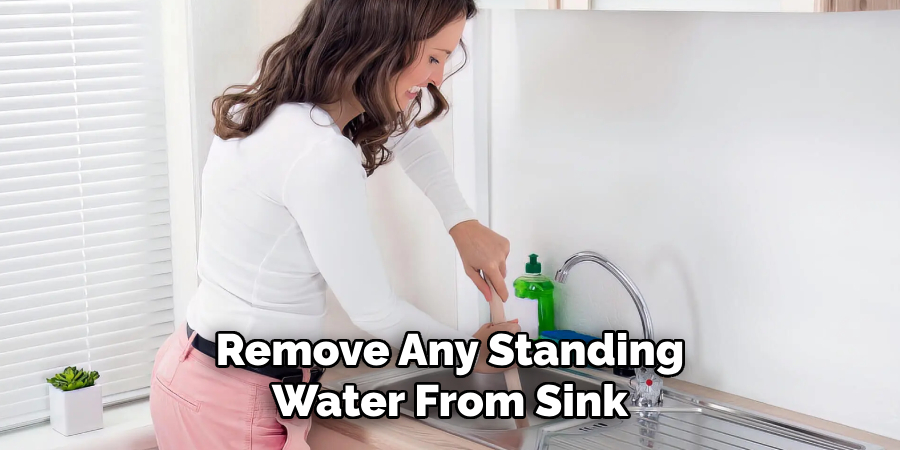
If the water level is too high to remove by hand, you can use a plunger to dislodge it enough to create a better environment for the product to work. Avoid splashing the water to prevent making a mess or causing any harm, especially if the water is dirty.
Step 2: Pour Drano into the Drain
Carefully pour the recommended amount of Drano directly into the clogged drain. Refer to the instructions on the product label to ensure you use the correct dosage for your issue. Avoid pouring too quickly to prevent splashing. Allow the product to sit and work on the clog for the amount of time the manufacturer recommends. Do not use the sink or run water during this period, as it can disturb the chemical process.
Step 3: Flush the Drain with Hot Water
After the recommended time has passed, flush the drain with hot water to clear out the dissolved blockage and the Drano. Turn on the faucet and allow the hot water to run for several minutes to ensure the drain is obvious. If the clog persists, you may need to repeat the process or consider using a plumber’s snake or seeking professional assistance. Always follow safety precautions when handling cleaning chemicals.
Step 4: Dispose of Remaining Product Safely
If any leftover Drano remains in its container, store it securely in a cool, dry place away from children and pets. Do not unnecessarily pour any excess product down the drain, as it can harm plumbing or the environment.
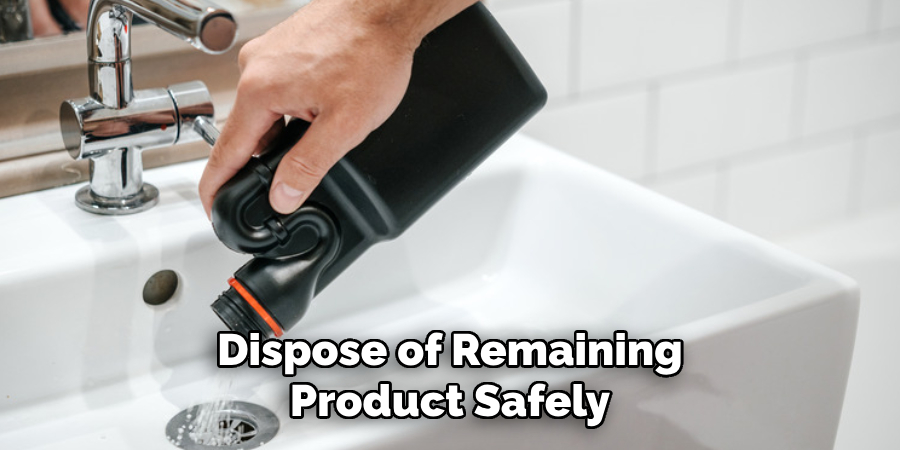
Always follow the disposal instructions on the product label and check local regulations for proper chemical disposal if needed. Safety and environmental care are key when handling cleaning chemicals.
Step 5: Clean Up Thoroughly
After using Drano, it is essential to ensure that the workspace is cleaned thoroughly to eliminate any residue or spills. Start by wearing protective gloves to avoid skin contact with the product. Wipe down all surfaces that may have come into contact with Drano using a damp cloth and an appropriate cleaning solution. Pay special attention to counters, sinks, and surrounding areas.
Dispose of the cleaning materials properly, as they may contain chemical traces. Ensure that the room is well-ventilated during and after cleanup to avoid the buildup of fumes. These steps will help maintain a clean and safe environment and prevent accidental exposure to harmful substances.
Step 6: Monitor and Test the Area
After completing the cleanup process, monitor the treated area to ensure that all traces of Drano have been removed. Run water through the sink or drain to verify proper flow and confirm that no residues remain. Repeat the ventilation process if any chemical odors persist and consider additional cleaning to eliminate lingering fumes. Always prioritize safety by using protective equipment during this step.
Step 7: Prevent Future Incidents
To avoid similar occurrences in the future, adopt proactive measures to ensure the proper use and storage of cleaning products like Drano. Always read and follow the manufacturer’s instructions carefully before use, and only use these products for their intended purpose.
Store chemicals securely in a cool, dry place, away from the reach of children and pets, to minimize the risk of accidental spills or misuse. Regularly maintain your plumbing system by opting for non-chemical methods, such as using a drain snake or hot water flushing to prevent clogs.
Additionally, consider scheduling periodic professional plumbing inspections to address potential issues before they escalate. By taking these precautions, you can significantly reduce the likelihood of needing to repeat the cleanup process and ensure a safer, cleaner home environment.
Step 8: Use Eco-Friendly Cleaning Products
In addition to proper maintenance, another way to prevent water damage is by using eco-friendly cleaning products. These products are not only better for the environment but also contain fewer harsh chemicals that can potentially damage your pipes and plumbing system. Using natural ingredients like vinegar and baking soda can effectively clean your home without causing any harm.
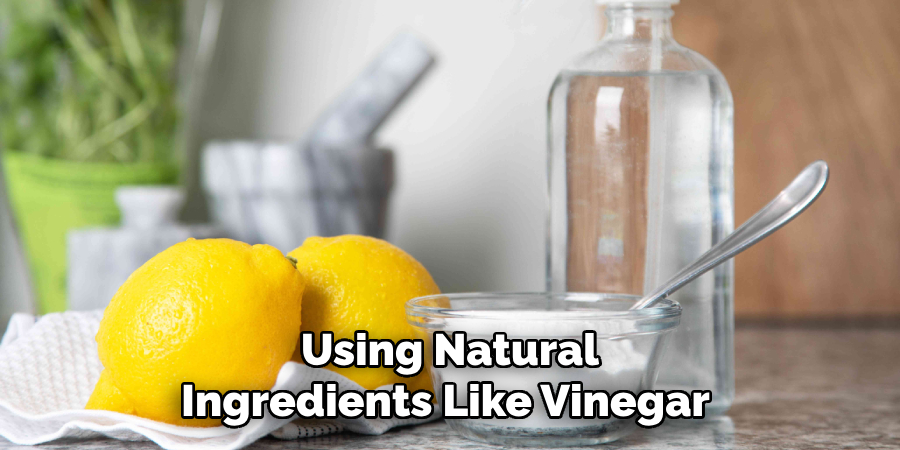
Furthermore, these environmentally friendly cleaning products are often biodegradable, meaning they break down quickly and do not contribute to water pollution. By choosing eco-friendly options, you’re not only protecting your plumbing system but also doing your part in preserving the planet’s resources.
By following these simple tips, you can effectively maintain your plumbing system and prevent any major issues from arising.
5 Things You Should Avoid
- Pouring Drano into a Completely Blocked Sink: If your sink is completely clogged and water isn’t draining, avoid using Drano. The chemicals may sit in the sink, causing damage to the surface or creating hazardous fumes.
- Mixing Drano with Other Cleaning Products: Never combine Drano with other chemicals or cleaners, especially bleach or ammonia. This can create dangerous chemical reactions that release toxic gases.
- Using Drano on Old or Damaged Pipes: Drano contains harsh chemicals that can corrode and weaken older or already compromised pipes, potentially leading to leaks or further plumbing damage.
- Overusing Drano: Relying on Drano frequently can damage your plumbing system over time. It’s better to address the root cause of clogs and use less abrasive methods when possible.
- Ignoring Safety Instructions: Always follow the product’s safety guidelines. Avoid skin or eye contact, and ensure the area is adequately ventilated while using Drano to minimize fume exposure.
What Type of Clogs Can Drano Handle?
Drano is designed to dissolve clogs caused by organic materials, such as hair, soap scum, and grease. These types of clogs are common in kitchen and bathroom drains. However, it may not be effective for clearing clogs from inorganic materials like plastic or metal objects.
It’s important to note that Drano should never be used on toilets or other areas with standing water. The product needs to have direct contact with the clog to effectively break it down, so using it on a fully flooded area can be ineffective and potentially dangerous.
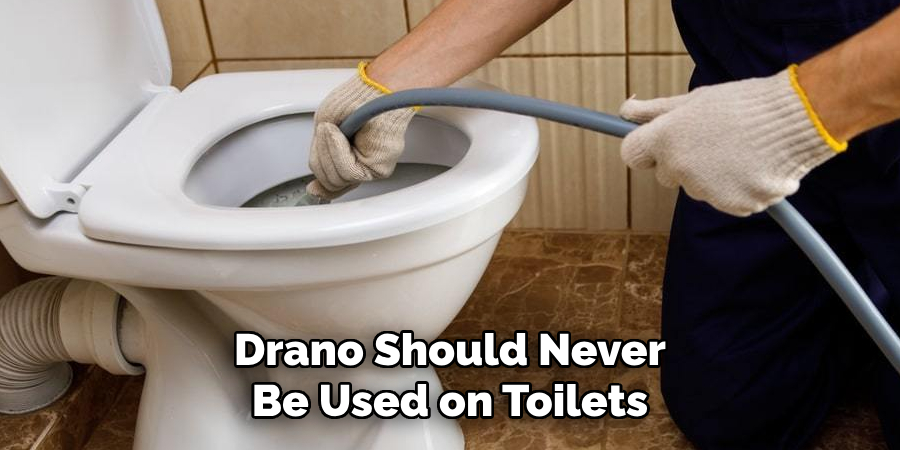
Why is My Clogged Sink Worse After Drano?
If you’ve used Drano and your sink is still clogged or draining slowly, it’s possible that the product didn’t work for a few different reasons. One possibility is that the clog is made up of materials resistant to Drano’s chemicals, such as plastic, metal, or hair.
Another reason could be that there is a more serious blockage further down in your pipes. This can happen if you have old plumbing or if other debris has built up over time. In these cases, using Drano may only temporarily clear the clog without fully addressing the underlying issue.
Conclusion
How to use drano in sink can be an effective solution for clearing minor clogs in your sink, but it is important to follow the instructions carefully and exercise caution.
Begin by ensuring the sink is free of standing water, if possible, and pour the recommended amount of Drano directly into the drain. Allow the product to sit for the specified duration on the label to work on dissolving the clog.
Afterward, flush the drain with hot water to clear any remaining debris. However, if the clog persists or you suspect a more severe blockage, it is advisable to avoid repeated use of Drano and instead consult a professional plumber.
Always wear protective gloves and ensure the area is well-ventilated when handling chemical drain cleaners.

